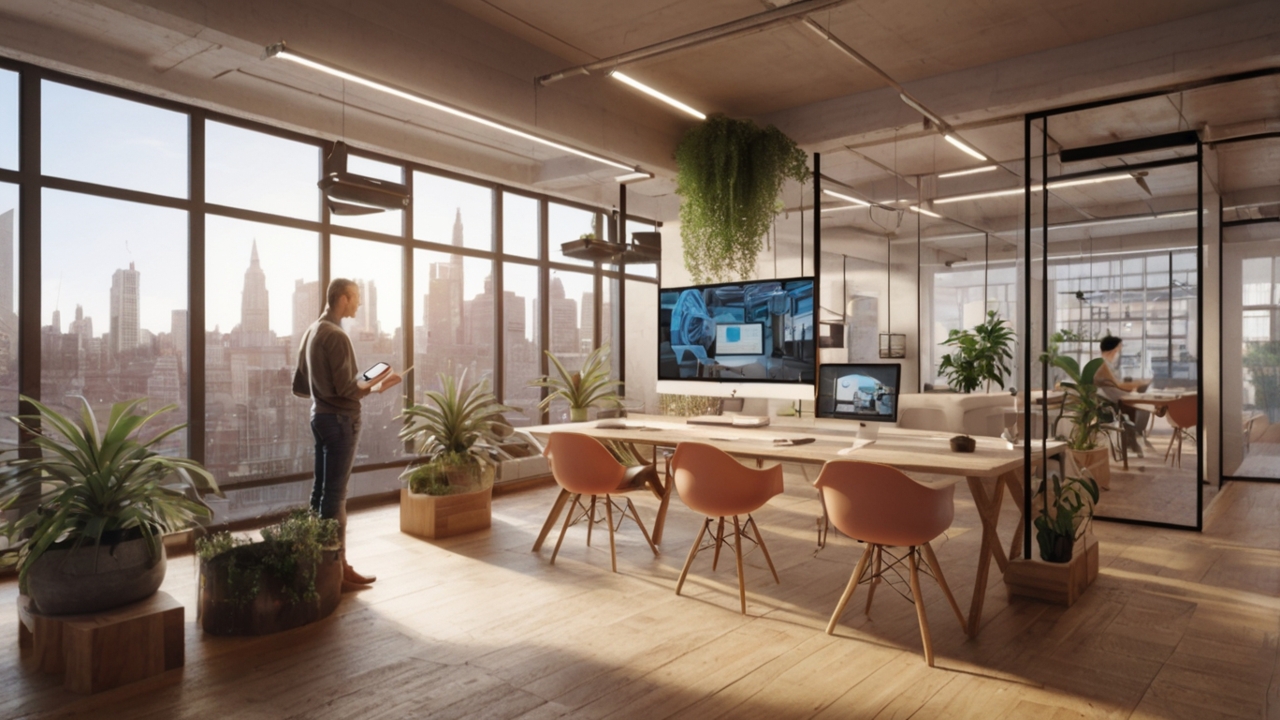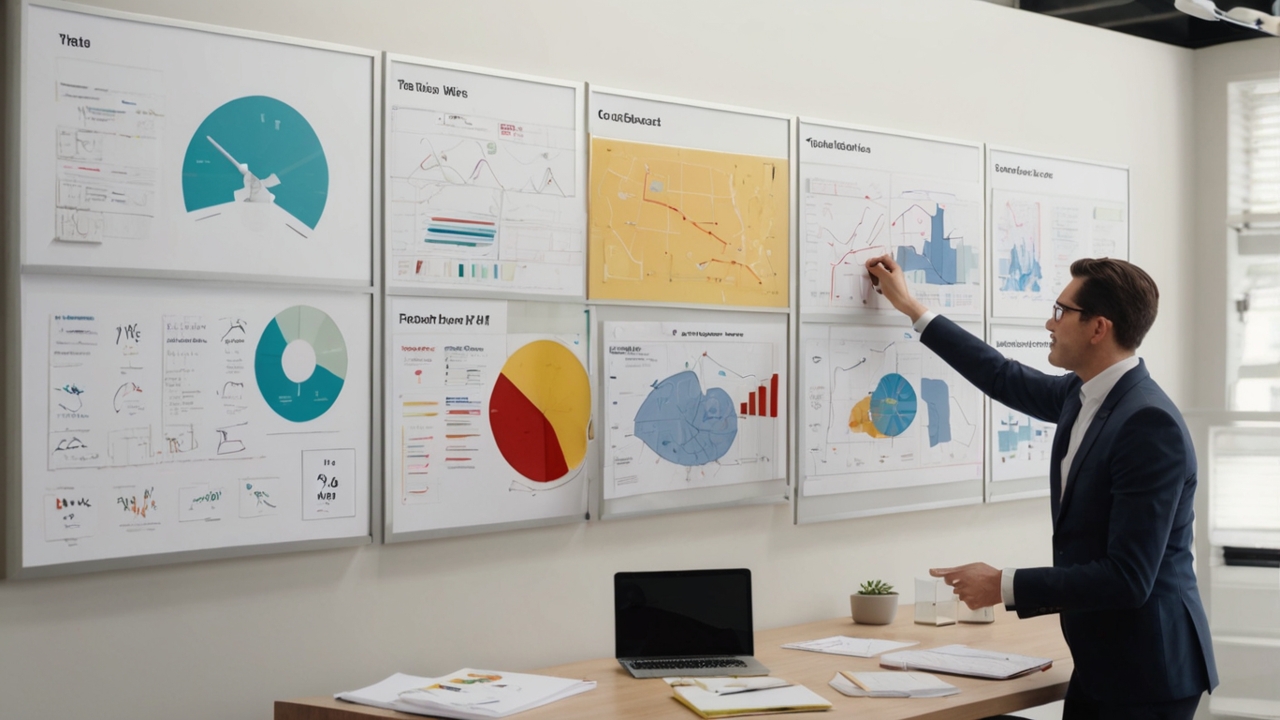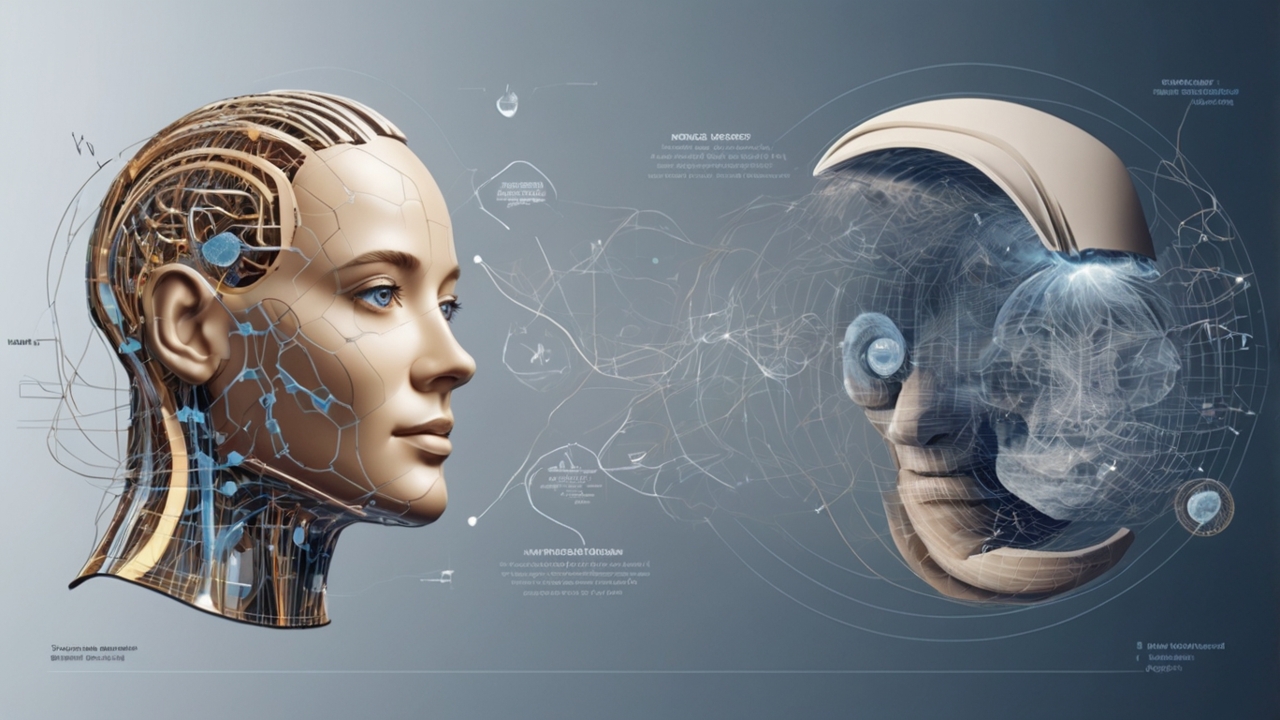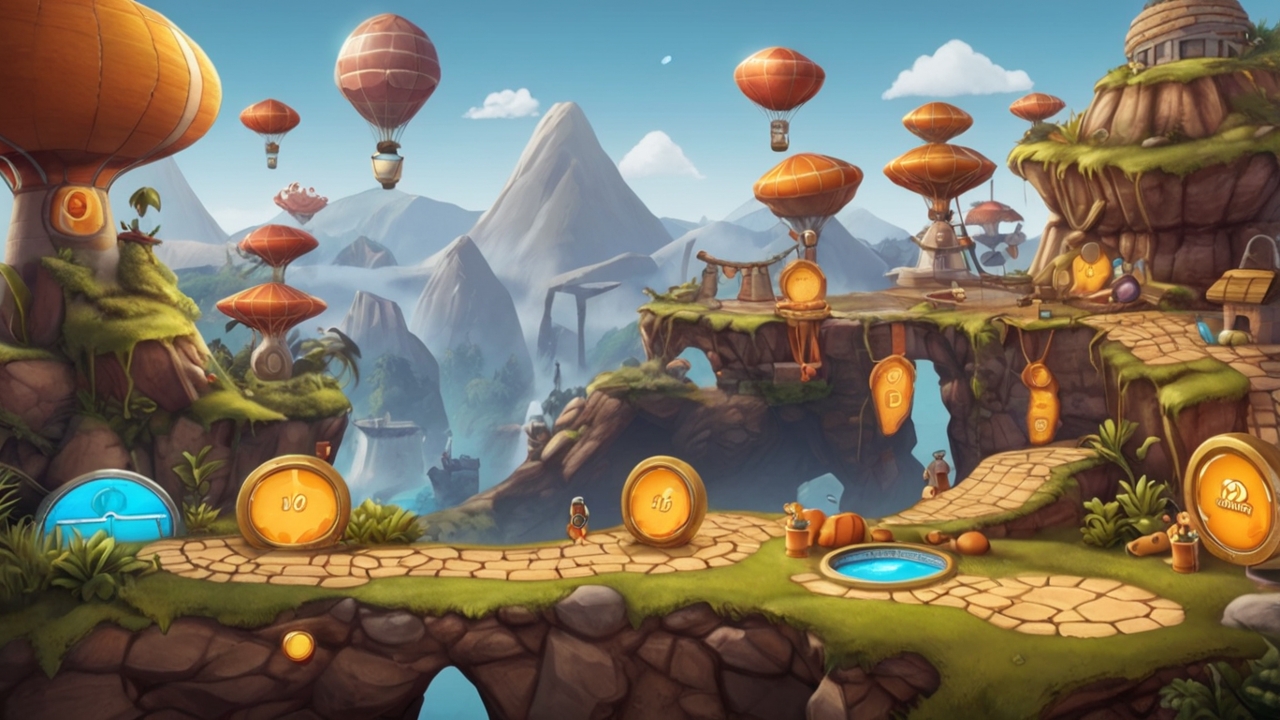Mayumiotero – In today’s evolving digital world, the concept of work has transcended beyond physical offices and cubicles. The rise of Visual Remote Co-Working Spaces represents a new era one where digital environments merge aesthetics, productivity, and human connection. These spaces are not just virtual meeting rooms; they are immersive ecosystems designed to simulate real office energy through digital “windows,” allowing professionals from across the world to feel connected, inspired, and seen.
“Read also: AI Is Transforming How People Plan and Experience Travel“
What Are Virtual Windows in Remote Work?
The term Virtual Windows might sound futuristic, but it’s already becoming an essential part of remote collaboration. Imagine being able to “look” across your digital desk and see your team members working in real time through synchronized live feeds, ambient presence cues, or even AI-generated avatars that mimic natural human interaction. These windows create a shared sense of space, bridging the emotional distance that traditional remote work often brings.
The Psychology Behind Shared Visual Presence
Humans are inherently social beings. Even in silence, the subtle awareness of others working nearby boosts motivation and focus. This psychological phenomenon, known as co-presence, is at the heart of virtual co-working innovation. Through digital visibility, people can maintain accountability, reduce feelings of isolation, and experience a sense of belonging elements crucial for long-term remote work satisfaction and mental well-being.
Technology Powering the Visual Remote Experience
The backbone of this transformation lies in augmented reality (AR), virtual reality (VR), and AI-powered collaboration tools. Platforms now enable customizable virtual offices with panoramic digital views, soundscapes, and adaptive lighting that mimic real environments. Some advanced systems even feature spatial audio, allowing users to “hear” colleagues based on their digital proximity. The result is a sensory-rich experience that merges technology with human emotion.
The Design Philosophy: A Blend of Art and Function
The true magic of visual co-working lies not only in connectivity but in design. Virtual environments are crafted with the same intentionality as architectural spaces balancing minimalism, color psychology, and interactive elements to reduce fatigue. A well-designed digital window can emulate the rhythm of a natural day: changing light temperatures, animated views of cityscapes, or calm nature scenes that encourage relaxation during deep work sessions.
Collaboration Beyond Borders
One of the most profound impacts of Visual Remote Co-Working Spaces is the way they dissolve geographical boundaries. Designers in Seoul can brainstorm with engineers in Berlin or marketers in São Paulo all within a shared digital room. This global fusion of ideas creates diversity-driven innovation, enabling teams to achieve synergy that transcends time zones and cultures. It’s no longer about where you work, but how you connect.
“Read also: Huawei and China Mobile Turn 5G-A Into a Winning Fan Experience“
The Human Touch in a Digital World
Despite its technological foundation, the success of visual co-working depends on maintaining the human essence. Subtle gestures a wave, a smile, or a quick nod through a virtual window rebuild the small social cues we lost in the transition to remote work. It’s this balance of emotion and efficiency that ensures digital spaces remain more than sterile work tools; they become communities of creativity and trust.
Challenges and Future Outlook
While the potential is vast, challenges remain. Privacy, digital fatigue, and bandwidth limitations still need addressing. However, developers are exploring adaptive interfaces and user-centric controls to make virtual co-working more comfortable and secure. As we move forward, hybrid workspaces will increasingly integrate these visual systems turning remote work into a visually rich, emotionally connected experience that redefines collaboration.
A Glimpse Through the Window of Tomorrow
The future of work isn’t about returning to the office or escaping it it’s about transforming it. Virtual Windows offer a bridge between solitude and connection, individuality and teamwork. They remind us that technology, when designed with empathy, can enhance not just productivity but also humanity itself. As the digital workspace continues to evolve, one thing becomes clear: the next great office may not exist in a building, but in a beautifully designed, shared vision of light and presence.













